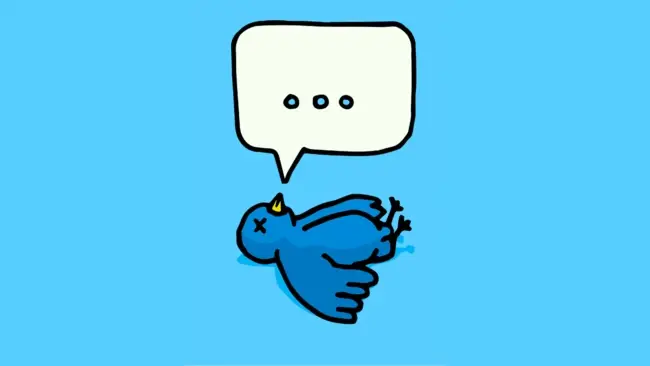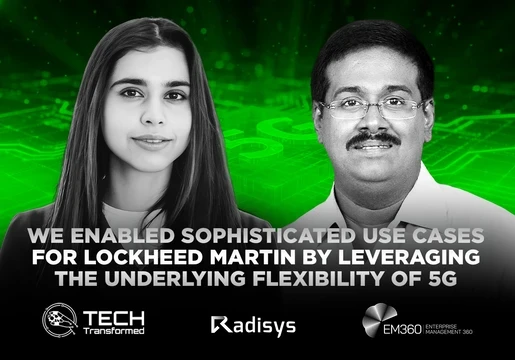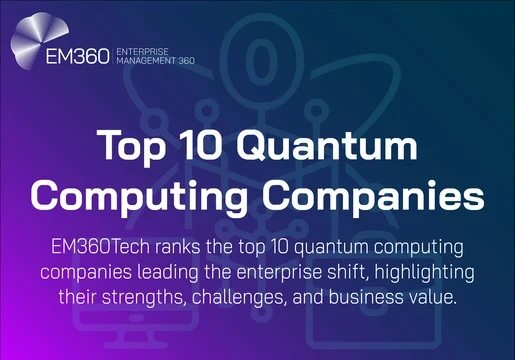It’s been over a year since Elon Musk initiated his $44 billion takeover of Twitter. Today, even newly-appointed CEO Linda Yaccarino may not be able to save it.
The social media giant has been spiralling at the speed of a SpaceX rocket, fuelled by a string of controversies that have decimated users’ trust, scared away advertisers, and alienated investors.
Since Musk bought the company and took it private, news around the platform has been rife with verification chaos, API access hiccups, ban reversals and large-scale layoffs.
It began with the sudden surge in hate speech and misinformation when the billionaire first took charge and removed content rules in the name of “free speech”.
Then came the overhaul of Twitter’s verification system and the introduction of the paid Twitter Blue subscription, which caused chaos as unverified users paid to receive a blue tick and impersonate politicians, celebrities and public figures alike.
Most recently was Musk’s decision to transition from his role as CEO to serve as its executive chair and CTO – weeks after telling BBC News that his dog would be running Twitter.
With Musk’s year-long fiasco finally over as he passes the baton to former NBCUniversal advertising executive Linda Yaccarino, there is some hope that Twitter may be able to return to its former, imperfect but functional self. But some experts say Twitter is already dead and buried.

False promises
When Elon Musk first bought Twitter, there was also some optimism that Musk could turn the company around despite scepticism.
“This is just my strong, intuitive sense that having a public platform that is maximally trusted and broadly inclusive is extremely important to the future of civilization,” Musk said at a TED conference on the day he made his offer. “I don’t care about the economics at all.”
But Musk’s takeover deal alone left him and his investors with a $13-billion debt load that could force Twitter to default on payment as early as next April, with the possibility of banks forcing the company into bankruptcy.
Investors hoped that Musk, a prolific and successful entrepreneur, could revive a company that was unprofitable and seen as not living up to its full business potential.
Twitter has historically made the vast majority of its revenue from advertising. In 2021, for instance, roughly $4.5 billion of Twitter's $5 billion in annual revenue was from ad sales.
To read more about Musk's Twitter takeover, visit our Business Agility Page.
Musk told investors he could make advertising only account for 45 per cent of the company's revenue, and make up the profits with paid add-ons and subscription-based services.
According to Musk, the Tweeting app's model would be centred around its premium $8 per month subscription service, Twitter Blue, rather than ad sales.
He envisioned that Twitter Blue would have 69 million subscribers by 2025. By 2028, Musk estimated the subscription service would have 159 million users paying.
If that happened, by Musk's calculations, Twitter Blue would be raking in more than $6.6 billion annually by 2025 and more than $15.2 billion by 2028. Fast forward to one year later, and Twitter Blue has been accepting subscriptions for over six months.
According to researcher Travis Brown, who has been tracking subscriptions for months, less than 700,000 users currently subscribed.
Not all of them are paying either as Musk gifted thousands of "complimentary" subscriptions to influential figures, including basketball player Lebron James, author Steven King and actor William Shatner.
The sharks are circling Twitter. Musk has made it so dysfunctional other companies see an entry point. They also have adjacent services that support their models and existing advertisers.
— B0tBldr 🇺🇸🌻🇺🇦 (@B0tBuilder) June 14, 2023
Even if all 700k users were in fact paying, Twitter Blue is bringing in only $67.2 million per year. If Twitter continued to grow at that rate, by 2025 the company would only have 2.8 million Twitter Blue subscribers bringing in less than $269 million per year.
That's far below Musk's promise of 69 million subscribers grossing $6.6 billion by that time, and the $4.5 billion Twitter made in advertising revenue in 2021. It’s even below the roughly $571 million it made in 2021 from licensing deals and everything other than advertising revenue.
Twitter 2.0
By now, it’s clear to Musk that his dream of bringing in the majority of Twitter’s revenue from subscriptions is no longer feasible.
His decision to find in replacement in Yaccarino demonstrates this defeat. Yaccarino, a highly-respected advertising executive, is an obvious choice to persuade advertisers to return to the site.
Musk needs advertising, which made upwards of 92 per cent of Twitter’s revenue before his takeover. Fidelity Investments recently marked down the value of its Twitter investment by 66 per cent since Musk took over, suggesting the social media titan is now only worth about $15 billion.
Because Twitter was previously about 4 months away from running out of money. Now, he says, the financial incentives of employees should align with the company. 2/
— Zoë Schiffer (@ZoeSchiffer) March 25, 2023
Yaccarino’s publicly-shared memo to staff also suggests this change of strategy, which Yaccarino referred to as “Twitter 2.0”.
“Twitter is on a mission to become the world’s most accurate real-time information source and a global town square for communication,” Yaccarino told staff.
“In this moment of complete reinvention, we have the opportunity to reach across aisles, create new partnerships, celebrate new voices, and build something together that can change the world. And from what I can tell so far, you’re built for this.”
Yaccarino wrote this memo for an audience of many: for staff, for employees, for advertisers, and for Musk.
The tone of her next memo will likely be decided by how much revenue she’s bringing in for Twitter, and if her vision of reviving the platform is flatlining.
Read Yaccarino’s full email to Twitter employees below:
Building Twitter 2.0 Together
Hello Twitter!
People keep asking me: Why Twitter? So, I’ll tell you.
From space exploration to electric vehicles, Elon knew these industries needed transformation, so he did it. More recently it has become increasingly clear that the global town square needs transformation—to drive civilization forward through the unfiltered exchange of information and open dialogue about the things that matter most to us.
Have you ever been talking with someone particularly insightful and thought, You’re brilliant—everybody should get the chance to hear this. Or, I’m learning so much from you—can we do this again? Or maybe it’s as simple as, You should have the freedom to speak your mind. We all should.
Enter Twitter 2.0.
Twitter is on a mission to become the world’s most accurate real-time information source and a global town square for communication. We’re on the precipice of making history—and that’s not an empty promise. That’s OUR reality.
When you start by wrapping your arms around this powerful vision, literally everything is possible. You have to genuinely believe—and work hard for that belief. And in this moment of complete reinvention, we have the opportunity to reach across aisles, create new partnerships, celebrate new voices, and build something together that can change the world. And from what I can tell so far, you’re built for this.
The success of Twitter 2.0 is all of our responsibility.
We need to think big.
We need to transform.
We need to do it all together.And we can do it all by starting from first principles – questioning our assumptions and building something new from the ground up. It’s rare to have the chance to put a new future into the hands of every person, partner, and creator on the planet.
That’s exactly why I’m here – with all of YOU.
So, let’s dig our heels in (4 inches or flat!) and build Twitter 2.0 together.
Linda Yaccarino, CEO of Twitter







Comments ( 0 )